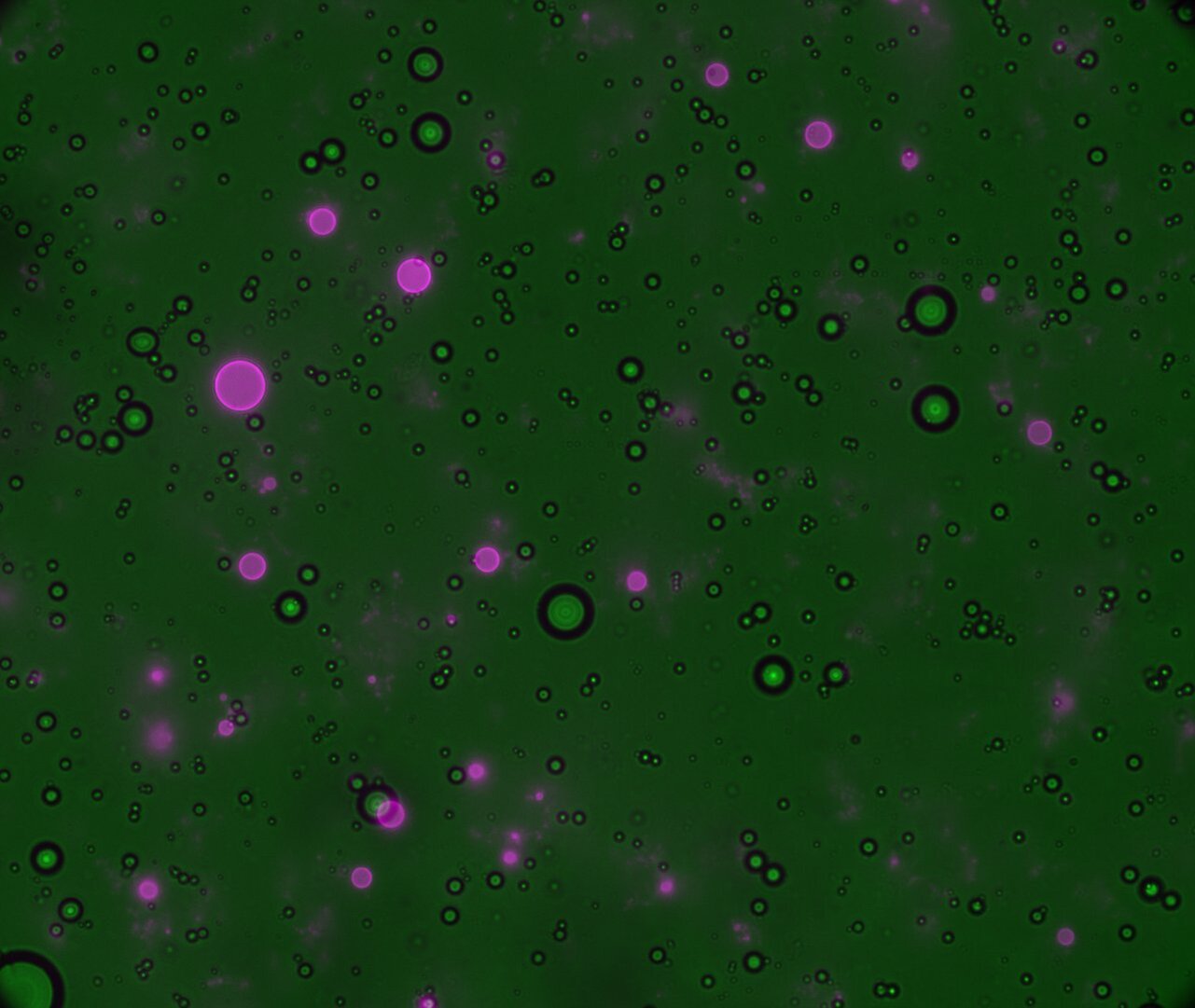One leading theory on the origins of life on Earth proposes that simple chemical molecules gradually became more complex, ultimately forming protocells—primitive, non-living structures that were precursors of modern cells.
A promising candidate for protocells is polyester microdroplets, which form through the simple polymerization of alpha-hydroxy acids (αHAs), compounds believed to have accumulated on early Earth possibly formed by lightning strikes or delivered via meteorites, into protocells, followed by simple rehydration in aqueous medium…
The team found that polyester microdroplets could form even in salt-rich environments, at low αHA concentrations, and in small reaction volumes.
This expands on previous research, which primarily considered their formation at high concentrations or in larger bodies of water such as coastal areas of lakes or hot springs.
The findings suggest instead that polyester protocells were likely more widespread than previously thought, potentially forming in confined spaces like rock pores or even in high-salt environments such as briny pools or oceanic environments.


